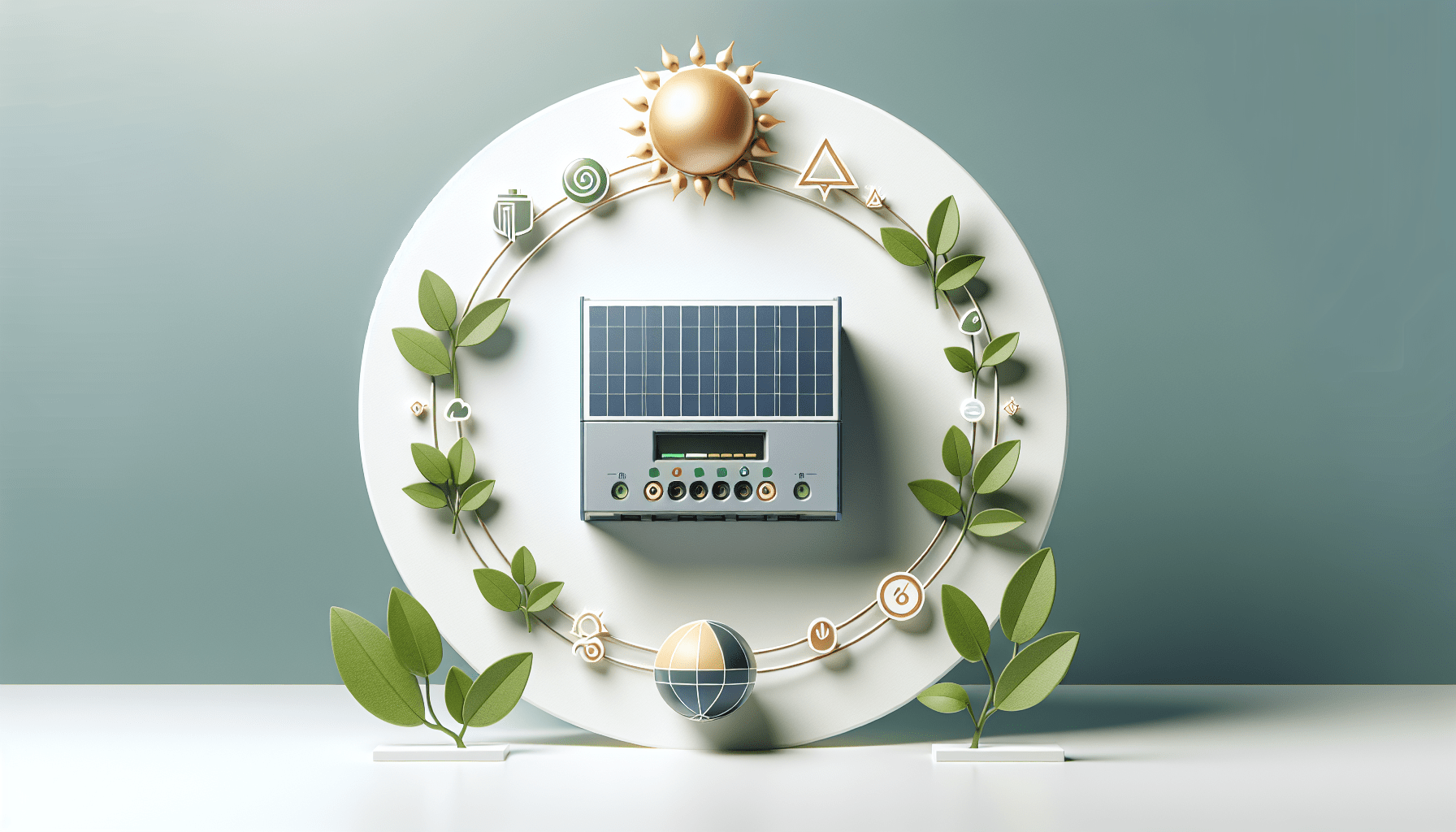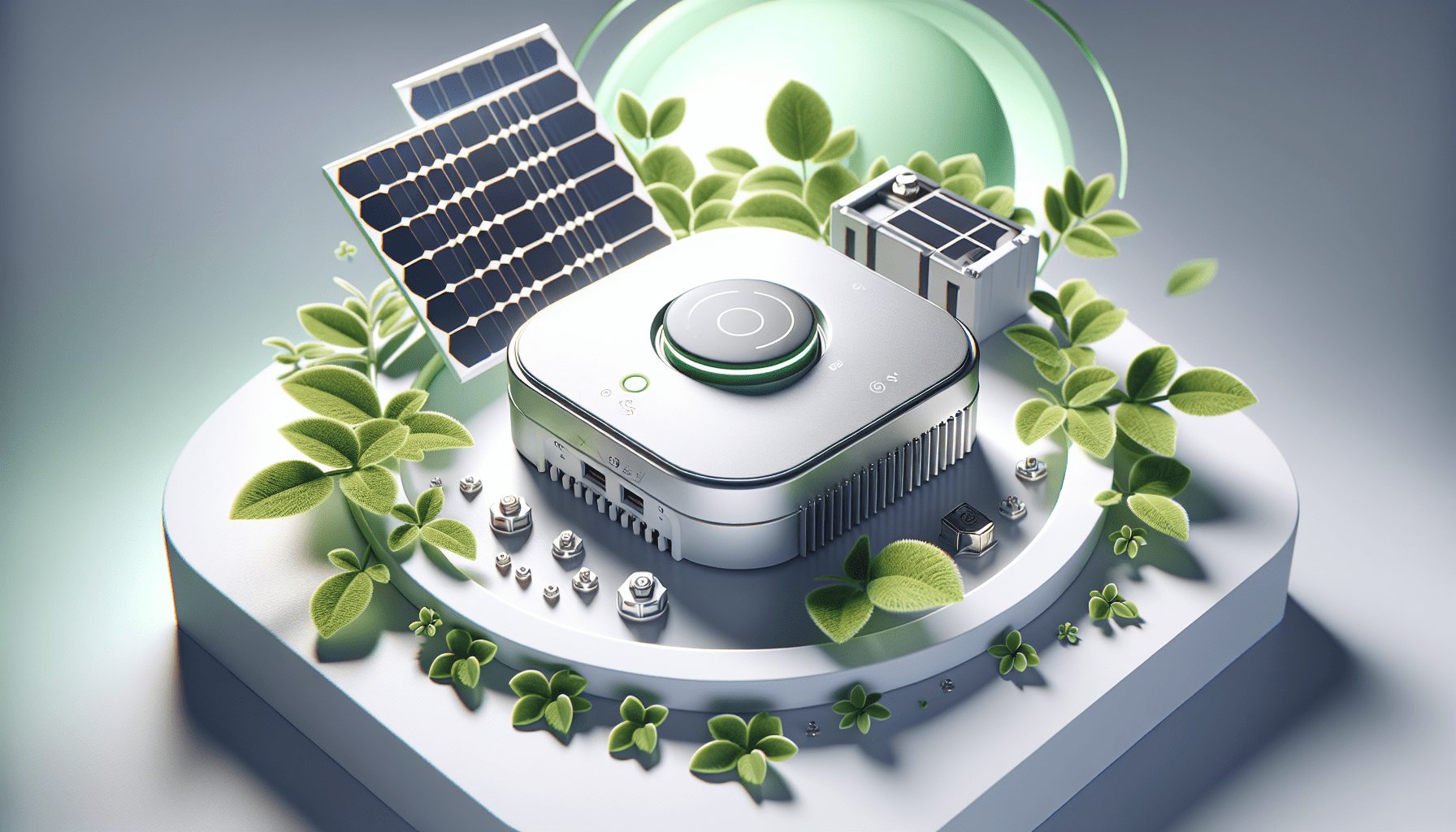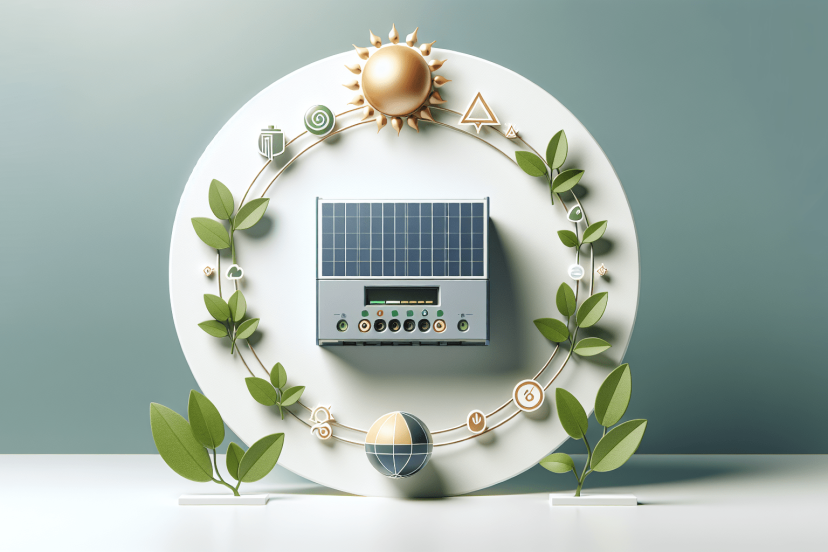Maximizing Efficiency with a Solar Power Regulator 12V
As an Amazon Associate, I earn from qualifying purchases, at no additional cost to you. Disclaimer
Have you ever wondered how you can make the most out of your solar power system? If so, you’re about to uncover a wealth of information that can help you maximize the efficiency of your setup. Whether you’re a seasoned solar power enthusiast or a new adopter, understanding how a solar power regulator 12V works can make a significant difference in harnessing the power of the sun.

Introduction to Solar Power Regulators
Solar power regulators, also known as charge controllers, play a pivotal role in a solar power system. They act as the middleman between the solar panels and the battery, ensuring that your battery isn’t overcharged or excessively discharged, which can prolong its life and improve the efficiency of the system.
What is a Solar Power Regulator?
A solar power regulator is an electronic device that manages the power going into and coming out of your battery from the solar panel. By doing this, it ensures that the battery remains in optimal condition, thus extending its life and performance.
Why Use a 12V System?
A 12V system is one of the most common setups in solar power applications due to its simplicity and efficiency. It is particularly popular in RVs, boats, and off-grid systems. The 12V system strikes a balance between sufficient power capacity and manageable size and is easier to install and maintain.
How Solar Power Regulators Work
Understanding the mechanics of how solar power regulators work can give you better insight into optimizing your solar energy setup. Here, you’ll find an explanation of the two main types of solar power regulators: Pulse Width Modulation (PWM) and Maximum Power Point Tracking (MPPT).
Pulse Width Modulation (PWM)
A PWM regulator works by gradually reducing the amount of power supplied to the battery as it becomes full. This method protects the battery from overcharging and ensures that it receives the right amount of power as it reaches its capacity.
| Pros | Cons |
|---|---|
| Simple design | Less efficient |
| Cost-effective | Not suitable for large systems |
| Reliable | Slower charging at lower power levels |
Maximum Power Point Tracking (MPPT)
An MPPT regulator takes a more sophisticated approach by adjusting the input from the solar panels to find the maximum power point, which is the optimal point where the solar panel produces its maximum voltage and current. This makes MPPT regulators more efficient, especially in varying weather conditions.
| Pros | Cons |
|---|---|
| Highly efficient | More expensive |
| Suitable for diverse conditions | Complex technology |
| Faster charging | Larger and heavier |

Invest in Solar, Invest in Savings
Choosing the Right Regulator
Selecting the right solar power regulator can make or break the efficiency of your solar power system. Here’s what you need to consider:
System Voltage
Make sure that the regulator you choose matches the voltage of your battery system. In this case, we’re discussing a 12V system, but regulators come in different voltages to suit various applications.
Current Rating
The regulator’s current rating is crucial for matching the current output of your solar panel array. It’s essential to calculate the maximum current expected and pick a regulator that can handle it.
Additional Features
Look for additional features like LCD displays, USB ports, and programmability. These features can offer more control and monitoring options for your system.
Installation and Setup
The installation process of a solar power regulator involves a few steps and requires some basic technical know-how. However, it’s a manageable task for most DIY enthusiasts.
Step-by-Step Installation Guide
- Mount the Regulator: Attach your solar power regulator close to the battery for a more straightforward wiring process.
- Connect the Battery: Always connect the regulator to the battery before connecting it to the solar panels to avoid damaging the device.
- Wire the Solar Panels: Follow the manufacturer’s instructions for the appropriate wiring method.
- Test the System: Once everything is connected, test your system to ensure it’s working correctly and that the battery is being charged efficiently.
Safety Measures
Always prioritize safety by wearing appropriate gear and following the manufacturer’s guidelines. Disconnecting power sources and securing all connections is crucial to avoid any hazards.
The Future is Solar – Start Today
Maintenance Tips
Maintaining your solar power system, including the regulator, ensures prolonged efficiency and longevity. Here are some useful tips:
Regular Inspections
Frequently inspect all connections and components for any signs of wear, corrosion, or damage. Regular maintenance can preempt failures and costly repairs.
Cleaning
Dust and debris can accumulate on your solar panels and affect performance. Regular cleaning of panels and checking the regulator for any obstructions are essential practices.
Battery Care
Keep an eye on your battery’s health, as it’s the heart of your solar power system. Ensure it is clean, terminals are corrosion-free, and it is charging/discharging correctly.
Optimizing Solar Power Efficiency
To get the best out of your solar power system, consider these strategies:
Position and Angle
Position your solar panels to get maximum sunlight. The angle should be adjusted according to your geographical location and the season to capture the most energy.
Energy Consumption Monitoring
Monitor and optimize your power consumption. Use energy-efficient appliances and be mindful of usage during peak sunlight hours.
Use of an Inverter
For converting DC from your solar system to AC for household use, an efficient inverter is necessary. Ensure your inverter is compatible and efficient to minimize energy loss.
Conclusion
A solar power regulator 12V is more than just a component in your solar power system; it is the linchpin that ensures your setup runs smoothly and efficiently. Picking the right type, following proper installation methods, and maintaining the system diligently will reward you with reliable and sustainable energy.
By being proactive in understanding and optimizing your solar power system, you can significantly enhance its efficiency, contributing not only to your energy savings but also to a greener planet.
Feel free to start your journey toward mastering solar power now that you’ve equipped yourself with this comprehensive guide. Your next project or upgrade can truly make a difference in maximizing efficiency and harnessing the full potential of your solar energy investment.

